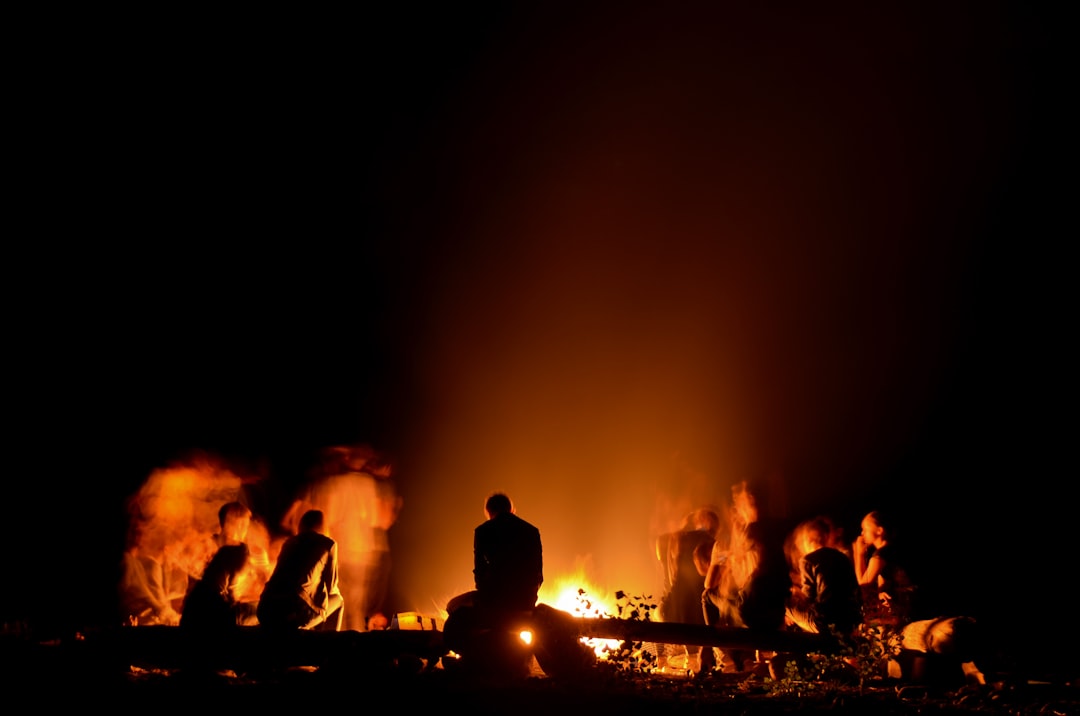Introducing TTT: Terrible Takes with Troy
I’m leaning in with takes on topics some might consider controversial. Ever since the Gene Wolfe’s Dead Ass-Kissing Society came at me over my post on PEACE, I’ve decided to let go of worrying whether I’ve hit every angle of every argument, and just have some fun with it.
My mother—the Queen of Half-Baked Nonsen…
Keep reading with a 7-day free trial
Subscribe to FORD KNOWS to keep reading this post and get 7 days of free access to the full post archives.



